The past year has been interesting, to say the least.
While the COVID-19 pandemic has resulted in restrictions in our daily lives, it also has been one of the busiest years within the farrier industry as horse owners spent more time with their mounts. With increased business comes a greater need for hoof-care education. As the year comes to a close, American Farriers Journal editors compiled the articles that you read most from each month in 2020.
1. Washington Police Seeks Witnesses in Farrier’s Death
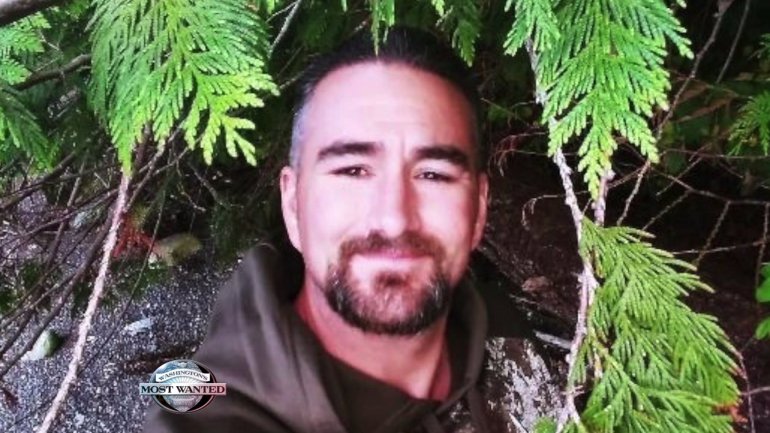
Yakima, Wash., police are calling on witnesses to come forward following the homicide of a local farrier, according to KAPP-KVEW-TV.
Richard Plumlee, a 43-year-old third generation farrier, was shot and killed over a small debt outside Room 24 at the Yakima Inn, says Richard Shaw, a major crimes detective with the Yakima Police Department. Plumlee is a nephew of Mark Plumlee, the owner of Mission Farrier School in Snohomish.
2. Hoof Beats: Warm Nails
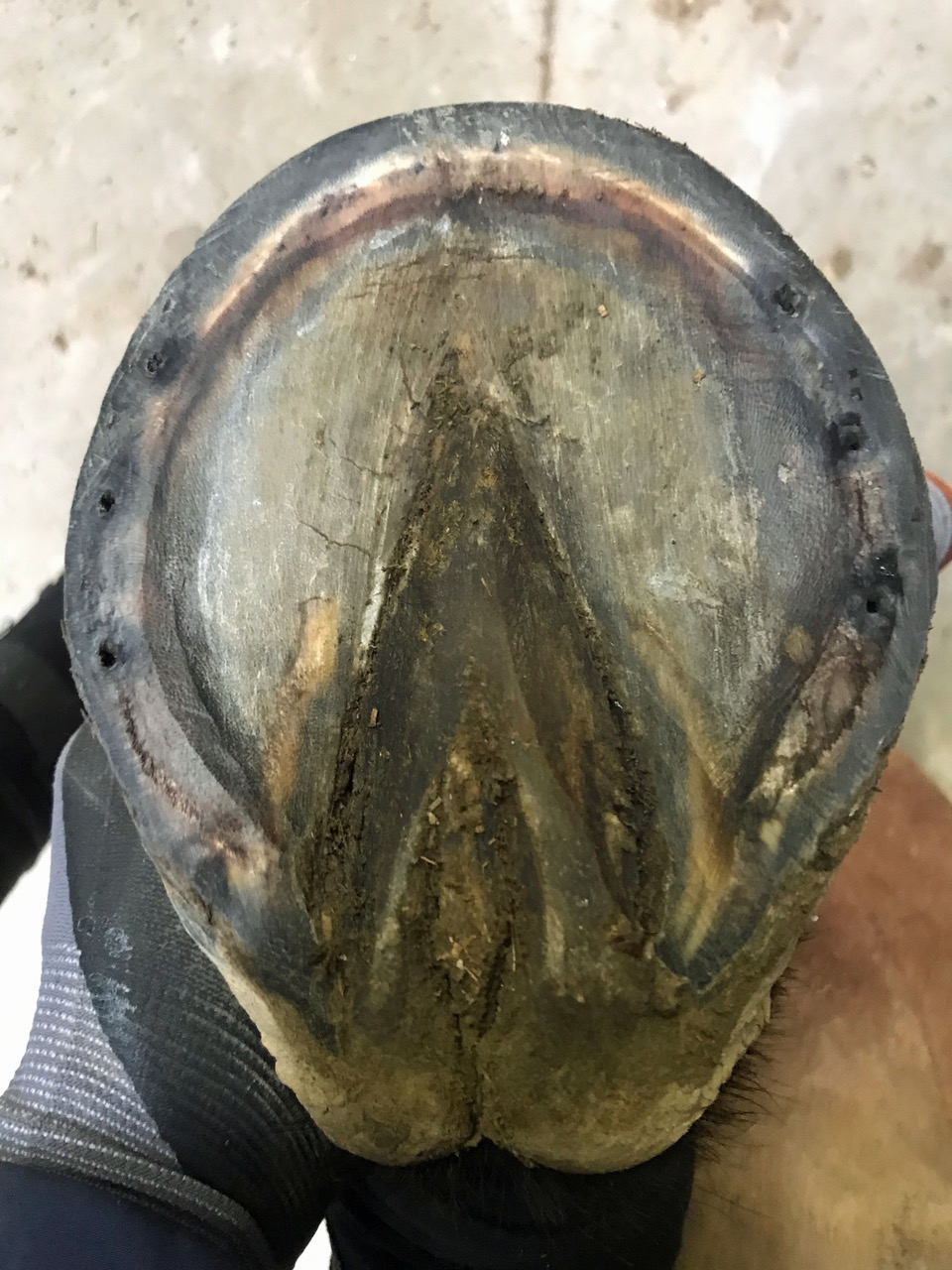
We all know the term “hot nail.” The translation is lame horse.
Driving nails into “the quick” means the nail is inside the perimeter of the white line and into sensitive tissue. I am not sure how we came to call this “the quick” because I can assure you that the horses never are such.
The term “hot nail” better describes the hoof in this situation. The hoof will carry excessive heat and a throbbing digital pulse. Hot throbbing hoof, “hot nail,” that is easily understood.
3. A Diverse Toolbox Benefits the Horse
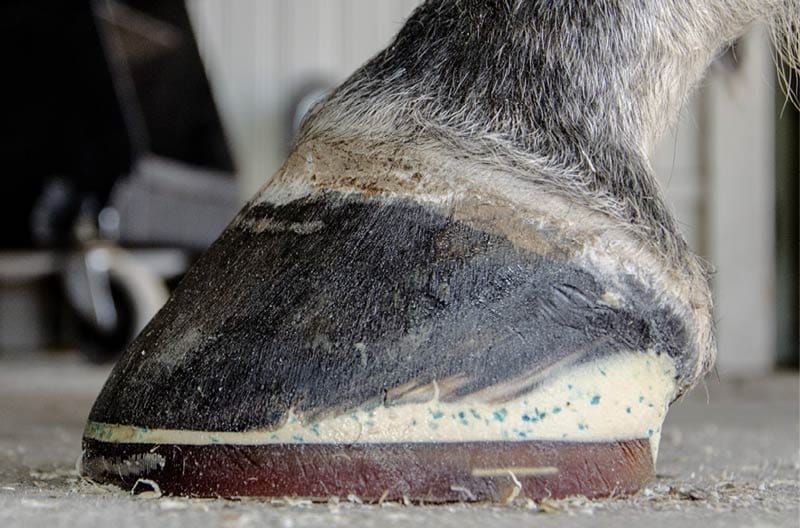
Maintaining a full tool box in hoof care is a philosophy that Sedalia, Colo., farrier Jason Critton and his C-Cross Farriers team strongly believes in. So when a show hunter was having problems staying sound, Critton wanted to take a different route with the gelding.
Bogey had a low palmar angle that resulted in chronic corns and regular abscesses that would render him unsound. Three years ago, Critton suggested applying Polyflex shoes. Bogey hasn’t had an abscess since.
“We can’t keep him going as well in steel as we can with Polyflex,” Critton says. “Now, there’s no way I can talk the client out of them.”
4. Detecting and Treating Subsolar Abscesses
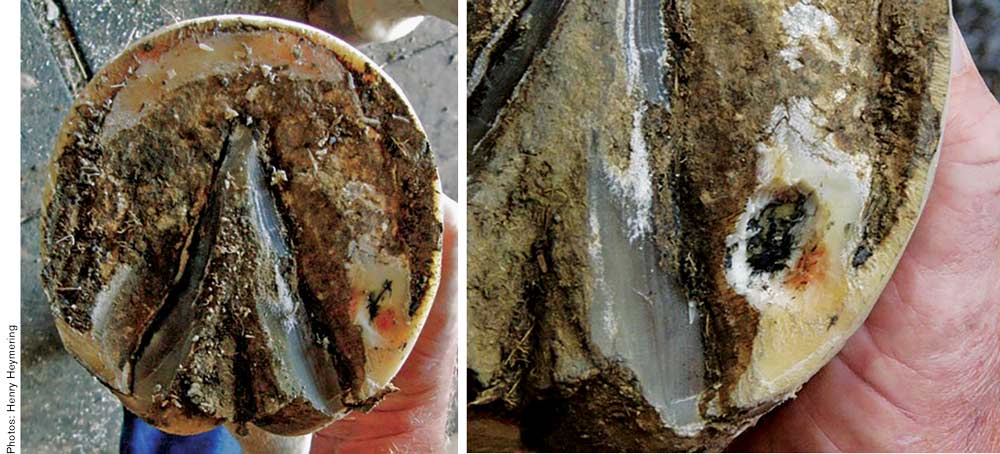
Your client called. Her horse is three-legged lame, and she thinks it’s an abscess. What should you do? For many farriers, the answer is easy: evaluate the lameness, and if it’s an abscess, drain the infection and keep the hoof clean and dry afterward.
Treating a subsolar abscess is usually a simple procedure, and relief for the horse is immediate. But not all abscesses are alike, and some may be more difficult to treat than others. For example, depending on the cause, the abscess may be chronic, requiring in-depth, long-term treatment or changes in management. If your client doesn’t notice a horse’s lameness right away, the infection may work its way upward toward the coronet band, rendering it too deep to relieve by traditional methods. Other abscesses might develop as a result of a poorly driven nail, requiring removal of the nail and horseshoe in order to administer treatment.
In a recent American Farriers Journal survey on equine lameness, 87% of the farriers who responded felt abscesses are the most common cause of lameness in horses. Consequently, seasoned farriers may see hundreds or even thousands of abscesses throughout the course of their careers. For that reason, knowing how to identify and successfully treat an abscess is a useful skill for a farrier to possess.
5. Seating a Toe Clip
Quebec farrier Christian Roy shows a technique he uses to seat a toe clip with his sport horses.
6. Alfalfa and the Insulin Resistant Horse
Alfalfa can be an excellent addition to most horses’ diets, even for those that are insulin resistant (IR).
Equine nutritionist Juliet Getty often recommends feeding it because it boosts the overall protein quality of a grass-hay diet and, in general, enhances the horse’s muscle tone, immune system and overall health. Some people, though, just don’t want to feed alfalfa — they believe it causes laminitis. After years of working with horses, it appears that it may, in fact, lead to laminitis in some horses.
7. Balance and the Basics
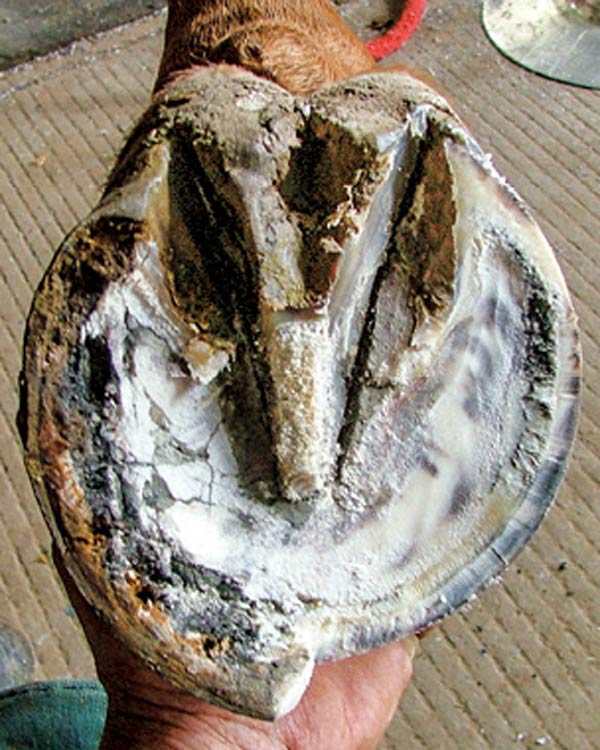
Payson, Utah, farrier Shayne Carter first delivered his presentation “What Is Balance?” at the 2005 American Farrier’s Association Convention.
Those who see this presentation today are rewarded with 11 years of additional experience that the Hall Of Fame farrier has augmented this lecture with. Although his experience and insight have grown over the years, Carter reminds that the principles he discusses come back to the basics. Most recently, he delivered this food for thought at the winter Anvil Brand clinic in early February 2017.
8. Fullering Horseshoes
Social Circle, Ga., farrier Lucas Gilleland and Fairhope, Ala., farrier Daniel Jones demonstrate how to fuller a horseshoe to American Farrier’s Association certification standards.
9. Sugardine — A Stinky, Gooey Mess That Works When Treating Wound Injuries
Sugardine is simply a paste of granulated white sugar and betadine solution or scrub mixed to a toothpaste or peanut butter consistency, and it is a remarkably safe and effective wound dressing.
It’s so simple that people can’t believe that it actually works until they see it firsthand. Then afterward, they can’t believe no one ever taught them about sugardine.
10. Pricing for Trimming and Shoeing | Farriers' Horse Ownership
Nationally, the typical full-time U.S. farrier charges $131.46 for a trim and nailing on four keg shoes while part-time farriers charge an average of $94.49 for the same work.
Some 94% of U.S. farriers are not only involved with the footcare needs of numerous horses, but they and their immediate families also own horses, ride and/or compete in many different events.







Post a comment
Report Abusive Comment